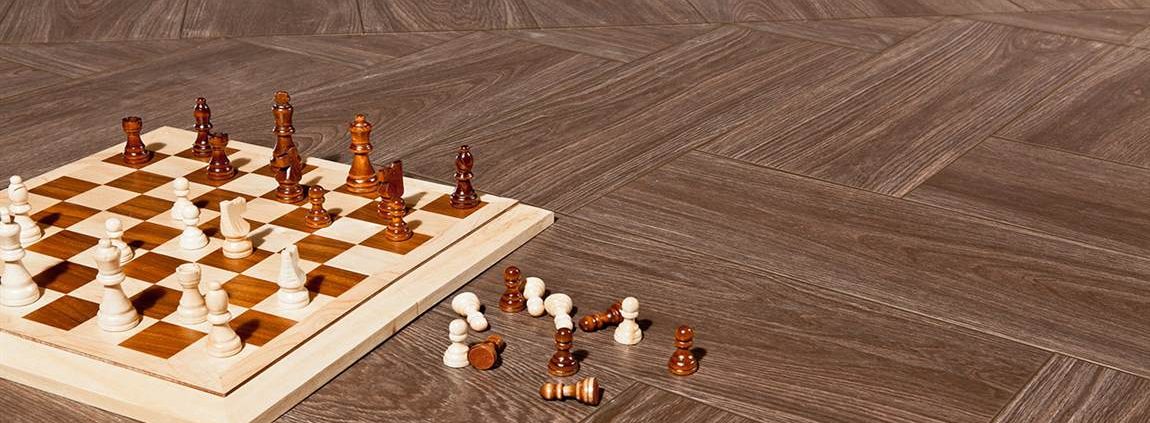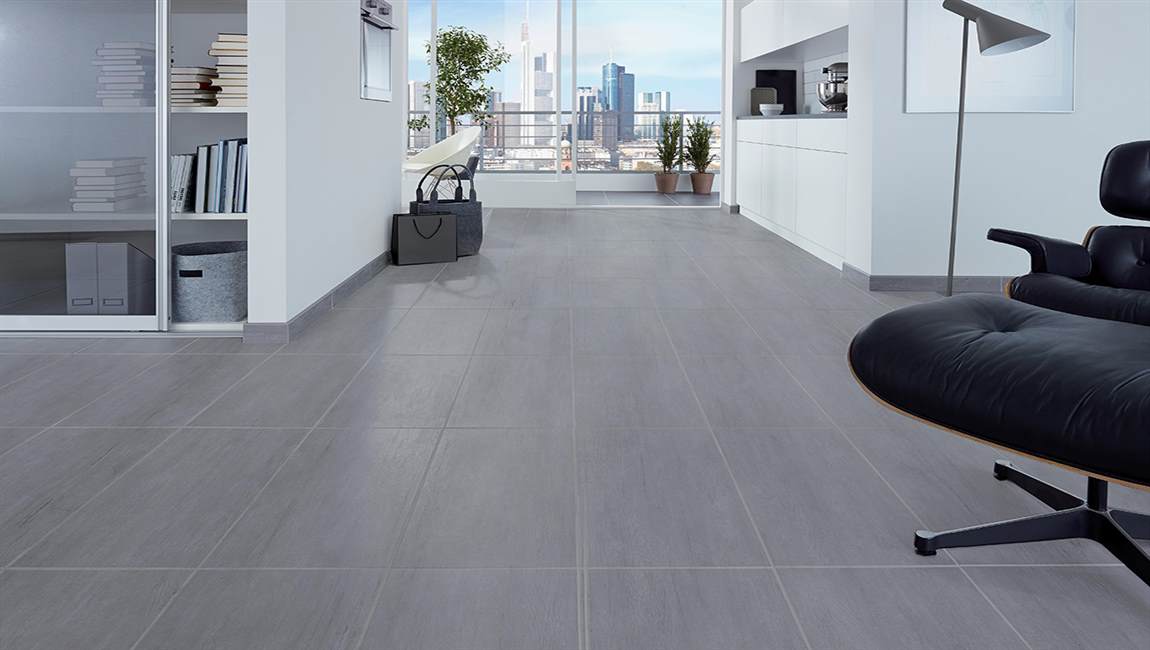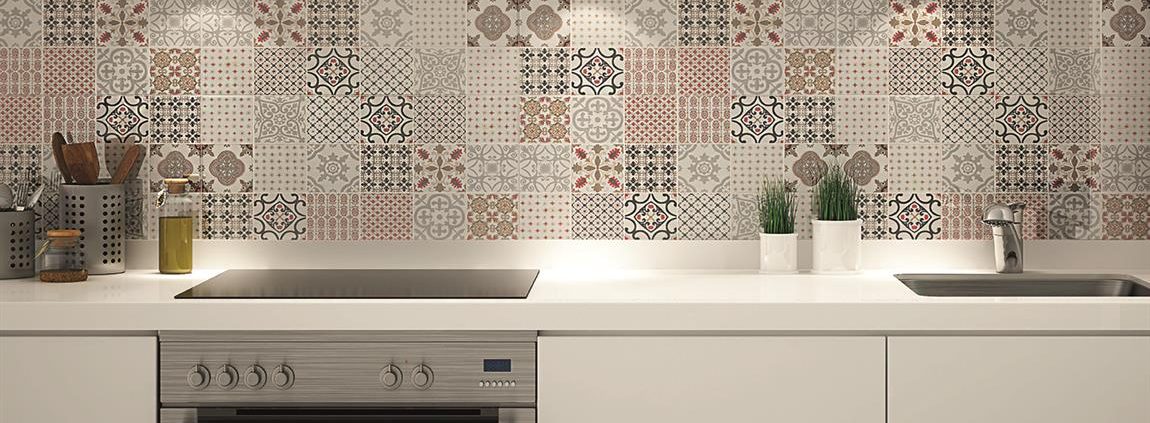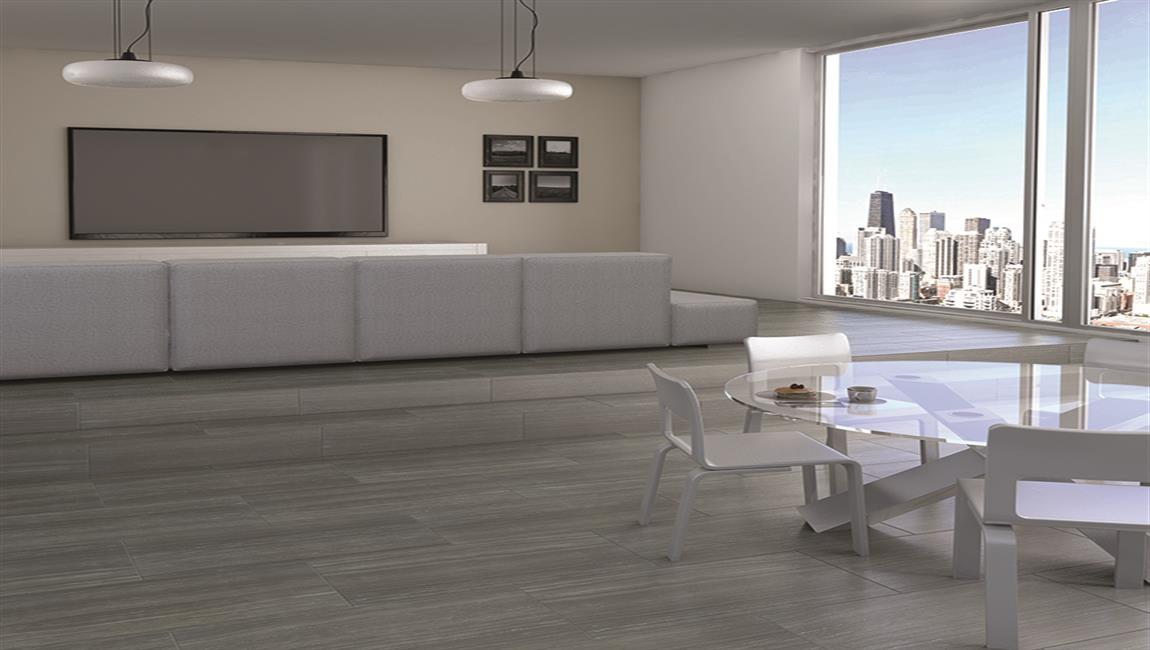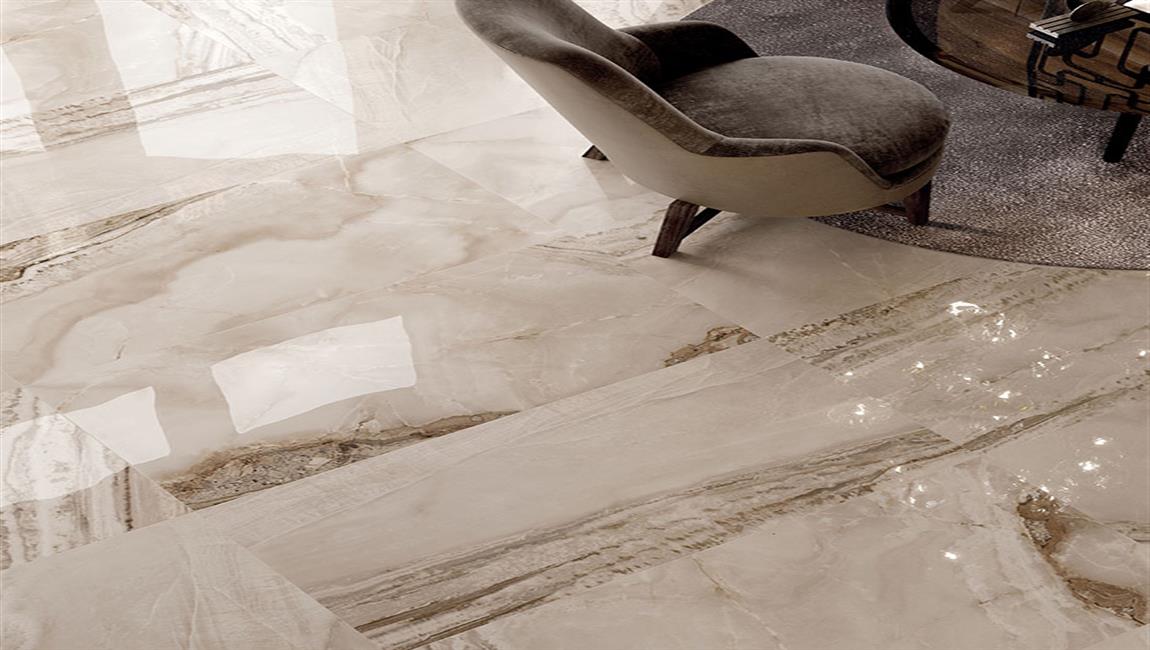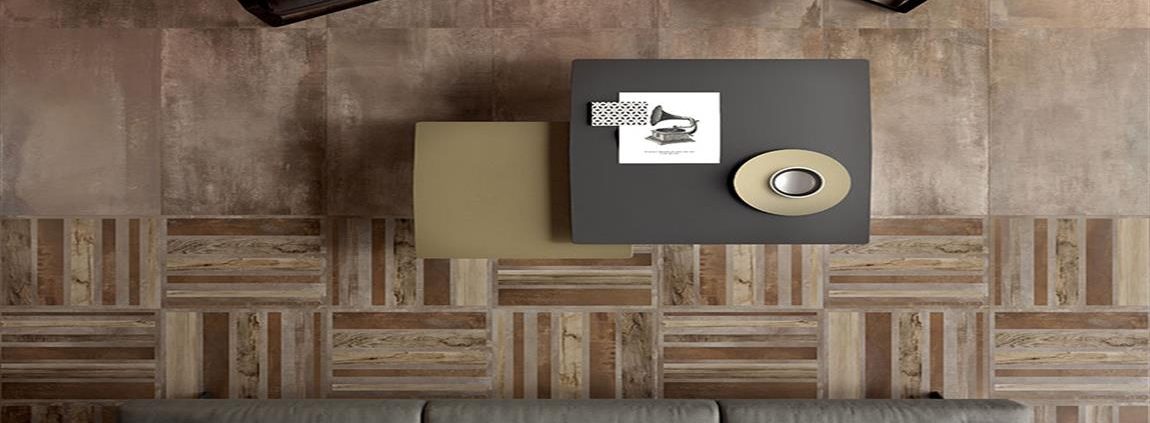Repairing Cracked Tiles
Fill hairline cracks with epoxy or tile filler. You can repair hairline cracks without having to replace the only tile, as long as the wall tile is still firmly set. You can use specialized ceramic tile repair kits, but a two-part ceramic epoxy will work fine. Mix the two components together using a piece of scrap wood, then spread over the crack using a clean rag. Wipe up the excess using a second rag. Take care not to get the epoxy in the grout lines between tiles.
Add color to hide the repair. There are two ways to make the repair invisible: Before filling, mix the epoxy with epoxy tint the same color as the tile. Or, after filling, paint over the repair using an oil-based enamel paint marker. Select a replacement tile for more severe damage. Purchase a replacement casstle tile for any damage wider than a hairline crack. Bring the tile to a home repair store to find a match for size, shape, and pattern. Note the thickness of the tile as well. A thinner replacement will need a layer of mastic to raise it.
Remove surrounding grout. Carefully cut away the grout around the broken tile. A grout saw will make this task go faster, but you can use a hammer and chisel instead. Work slowly all the way around the tile, to allow for safe removal without damaging the surroundings. Break away the rest of the tile. Use a hammer and large chisel to break the tile apart. Angle it away from you and start from the center to reduce damage to backing. Wear gloves and safety glasses. Lay down cloth to protect surrounding surfaces from ceramic shards.
Replace tile adhesive. Scrape off the existing adhesive using a putty knife. Spread a new layer of thin-set mortar onto the wall or floor. Follow label instructions for mixing the mortar. You may need to wear a dust mask. Press in the new tile. Make sure the tile is flush by tapping it in place with a rubber mallet, or a piece of wood wrapped in cloth. Scrape out any excess mortar from the grout lines with a screwdriver.
Replace the grout. Let the tile dry overnight, or as specified in your mortar instructions. Mix the grout, then add a thin line around the tile using a plastic putty knife. After a week, apply grout sealer over the grout to protect from moisture.






